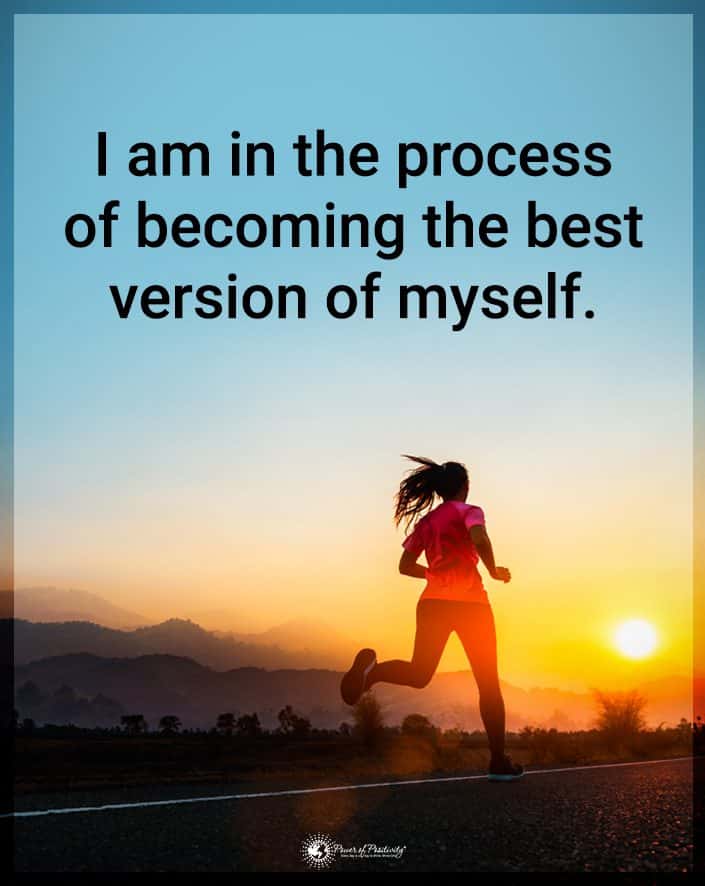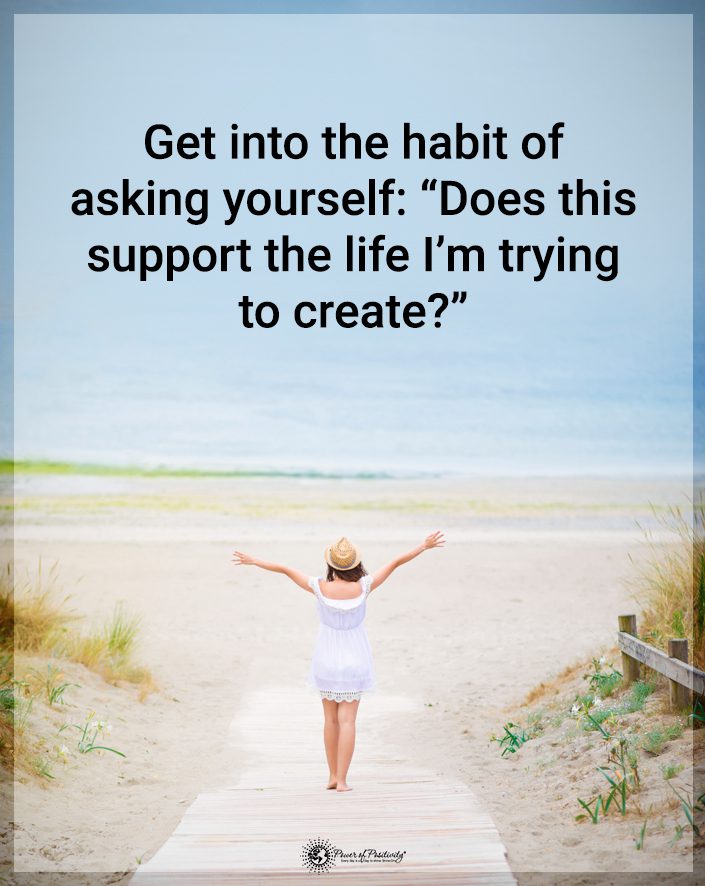Here’s what you should know about non-verbal cues.
Body language is key to communication and often speaks louder than words. Imagine yourself in a bustling cafe, observing the silent yet expressive dance of gestures, postures, and expressions around you. Each movement tells a story, whether a firm handshake, a warm smile, or a cautious step back. Non-verbal communication forms the essence of our interactions, influencing personal and professional relationships.
Understanding body language enhances our ability to connect with others. A confident posture or a firm handshake can set the tone for successful negotiations and partnerships in professional settings. Similarly, recognizing subtle cues like a comforting touch or an empathetic glance can strengthen bonds and deepen understanding in personal spaces. Becoming fluent in body language opens doors to more meaningful and authentic interactions.
Understanding the Basics of Body Language
Body language is the non-verbal communication we engage in daily, often without conscious thought. This includes our facial expressions, gestures, posture, and even the distance we maintain while interacting with others. Collectively, these elements convey emotions and intentions beyond the spoken word.

The significance of body language in non-verbal communication is key. While words are crucial, they comprise only a fraction of our communication palette. Research suggests that about:
- 55% of our communication is a result of body language
- 38% comes from tone of voice
- 7% is from the actual words spoken.
This data indicates that physical expressions often carry more weight than verbal expressions in conveying our true feelings and intentions.
Each culture interprets body language differently, adding a layer of complexity to understanding and interpreting these non-verbal cues. For instance, a polite gesture in one culture might be offensive in another. This cultural variability highlights the need for awareness and sensitivity when reading and using body language across different cultural contexts.
Body language plays a critical role in business. A confident stance or an attentive nod during a presentation can significantly influence how others hear your message. Simple acts like a handshake in negotiations can build rapport and set a cooperative tone for the discussion. It’s not just about what you say but also how you say it – your body language can reinforce or undermine your spoken words.
We can better understand others and navigate social interactions more effectively by tuning into these non-verbal cues. This awareness not only aids in building stronger relationships but also empowers us to express ourselves more authentically.
The rest of this article will look into several aspects of body language, from facial expressions to posture, and how these elements shape our interactions and relationships. Stay tuned as we unfold the intricate tapestry of unspoken communication.
The Science Behind Body Language
Behaviorists study body language by meticulously analyzing our non-verbal cues, which often reveal more than our words. One innovative approach, as developed by scientists at Harvard Medical School, involves employing computational techniques to dissect complex behavior patterns. By modeling the behavior of mice in reaction to stimuli (like the scent of a fox), researchers have been able to draw parallels to human behavior. This methodology, combining machine-learning technology and statistical analysis, opens up new avenues for understanding the nuanced language of the body in both animals and humans. It allows scientists to study behavior on fine time scales, providing deeper insight into how genetic or neural changes can impact behavior.
Facial Expressions: The Window to Emotions
Facial expressions are the most direct and universal forms of body language. They act as windows to our emotions, transcending cultural boundaries. For example, research by Ulf Dimberg from Uppsala University has shown that seeing someone smile can automatically trigger the smile muscles in our faces while observing a frown does the same for our frown muscles. This phenomenon is due to mirror neurons in our brains, which help us empathize and resonate with others’ emotions.
Smiling has a particularly powerful effect. It activates the same response in others and contributes to our happiness and well-being. The Facial Feedback Hypothesis supports this, suggesting that smiling can make us feel happier. Similarly, eye contact is crucial for establishing a connection and engaging in empathy, making it an enormous part of effective communication.
In long-term relationships, like marriages, partners’ faces have been found to grow more alike over time. This is attributed to years of shared emotional experiences and mutual understanding, reflected in their facial expressions. Such resonance deepens connections and can also signify a healthy, empathetic relationship.
Interestingly, our ability to resonate with others can be impacted if our facial expressions are inhibited. For instance, individuals who receive Botox injections, which paralyze certain facial muscles, have shown a decreased ability to empathize and understand others’ emotions. This underlines the importance of our facial muscles in not just expressing but also in reading emotions.

Posture and Gestures: Silent Communicators of Body Language
Posture and gestures are silent yet powerful elements of communication. They often convey messages about confidence, nervousness, and other emotional states more effectively than words. Your stance communicates your level of engagement, confidence, and power to others. For example, standing straight with your head held high and a smile can immediately impact how others perceive and treat you. It signals energy, confidence, and importance. Conversely, slumped shoulders and a downcast gaze often convey a lack of confidence or energy, impacting others’ perceptions, even if those impressions are not accurate or fair.
In business contexts, posture plays a significant role in negotiations or sales interactions. Your physical stance can signal whether you are operating from a position of strength or weakness. For instance, how you enter a room in the first few seconds can set the tone for the following meeting or negotiation. Entering confidently and moving toward the desk or center of the room often conveys a highly-respected demeanor.
Gestures, too, add depth to our communication. Expressive and open gestures can enhance your message, showing enthusiasm and interest. For example, nodding during a conversation can indicate interest and understanding. However, it’s essential to balance expressiveness with appropriateness to the situation and cultural norms.
Eye Contact and Movement: Unspoken Conversations
Eye contact plays a large role in non-verbal communication, as a primary step for establishing resonance in interpersonal interactions. Maintaining good eye contact is often seen as a sign of trustworthiness and engagement. It helps build connections and understanding between people. The amount of eye contact can be adjusted based on the context, as too much might be perceived as intrusive, while too little can signal disinterest or discomfort.
Eye movements also reveal a lot about a person’s thoughts and feelings. For example, frequent blinking may indicate discomfort or stress, while a direct and steady gaze often signifies confidence and interest in the conversation. However, cultural factors significantly influence how eye contact is perceived, so it’s important to be mindful of these body language differences in various cultural contexts.
Proxemics: The Study of Personal Space
Proxemics, a term coined by anthropologist Edward T. Hall in the 1960s, refers to studying how we use space in communication. This aspect of non-verbal communication significantly varies across cultures. Personal space is generally categorized into four main zones: intimate, personal, social, and public. The intimate zone is reserved for close relationships and includes everything from bodily contact to whispering distance. Personal space is for interactions with family and close friends. Social distance is typical in interactions with acquaintances, such as colleagues at work. On the other hand, public distance is used for public speaking or situations where one needs to address a larger group.
Cultural differences in proxemics can often lead to misunderstandings. For instance, social distance is closer in some countries than in the United States, which might lead to an “awkward dance” where one party keeps backing away while the other closes the gap. This cultural variation in proxemics can also happen in situations like crowded elevators or subways where personal space is often unavoidably invaded, causing discomfort.
Microexpressions: Brief Glances into True Feelings
Microexpressions are brief, involuntary facial expressions that occur as a manifestation of a person’s true emotions. These expressions often appear for only a fraction of a second but provide insights into a person’s genuine feelings, which they might be trying to conceal. The concept of microexpressions is important in understanding concealed emotions, as these involuntary expressions can contradict what a person is verbally communicating.
These expressions are universal across cultures and include happiness, sadness, anger, surprise, fear, and disgust. For example, a quick raise of an eyebrow might indicate surprise or skepticism, while a fleeting frown might reveal disagreement or disappointment. Understanding and interpreting microexpressions can enhance one’s ability to empathize, connect with others, and identify unspoken feelings and attitudes.
The Role of Touch in Communication
Touch is a powerful non-verbal communication tool that varies widely in its interpretation across cultures and relationships. Touch can convey various messages, from support and compassion to power and aggression. A handshake can establish a connection or agreement in professional settings, symbolizing respect or partnership. On a more personal level, a hug or a pat on the back can convey intimacy or comfort.
However, the appropriateness of touch is highly dependent on the relationship and the cultural context. Some might consider a friendly gesture in one culture to be intrusive or inappropriate in another. For example, in some cultures, a hug is a common greeting among friends, while in others, it might only be appropriate in more intimate relationships. Understanding these nuances is crucial for effective and respectful communication across social and cultural contexts.
Putting It All Together: Reading Body Language Effectively
To effectively read body language, it’s crucial to integrate various aspects such as facial expressions, posture, gestures, eye contact, proxemics, and haptics. Here are some tips to enhance your skills in interpreting body language:
- Observe Holistically: Don’t rely on a single gesture or expression. Instead, consider the entire context, including the environment and the individual’s verbal communication.
- Practice Mindfulness: Pay attention to your body language and how it can affect others. Being aware of your non-verbal signals helps you understand others’ signals better.
- Cultural Sensitivity: Recognize that norms for body language differ across cultures. What signifies agreement in one culture might indicate the opposite in another.
- Active Engagement: Try active listening, in which you listen to words and observe non-verbal cues to gain a comprehensive understanding.
- Avoid Jumping to Conclusions: Body language can be ambiguous. Do not make snap judgments based on a single non-verbal cue.
- Continuous Learning: Body language interpretation is not an exact science. Keep learning and updating your knowledge about non-verbal communication cues.
Final Thoughts on the Impact of Body Language on Non-verbal Communication
The art of reading body language opens a new dimension in our understanding of communication, enhancing our ability to connect, empathize, and interact more effectively. Recognizing and interpreting non-verbal signals can significantly improve our personal and professional relationships. By applying this knowledge in everyday life, we can skillfully navigate social interactions and foster deeper connections with those around us.
The post Behaviorists Explain How to Read Body Language appeared first on Power of Positivity: Positive Thinking & Attitude.




